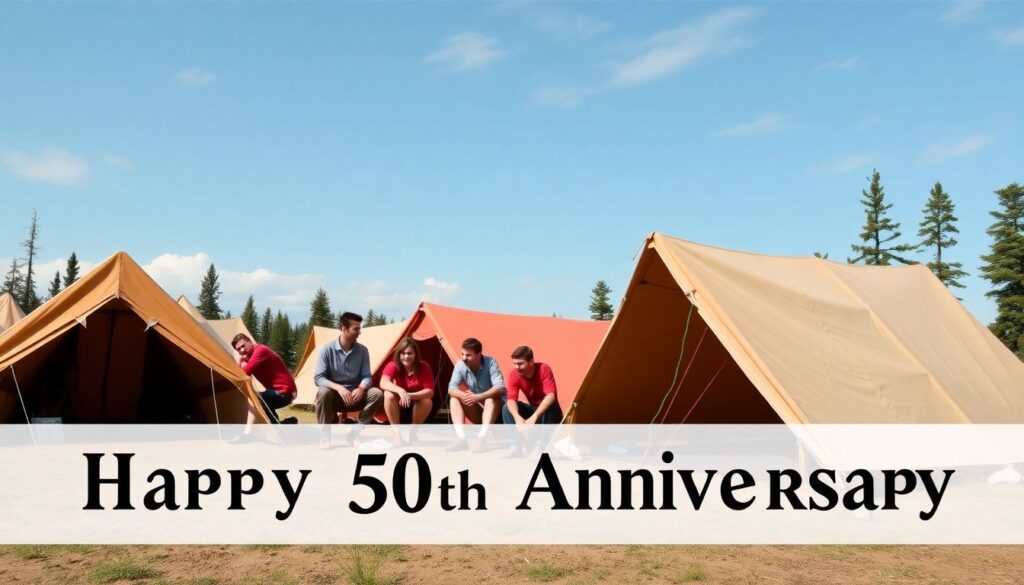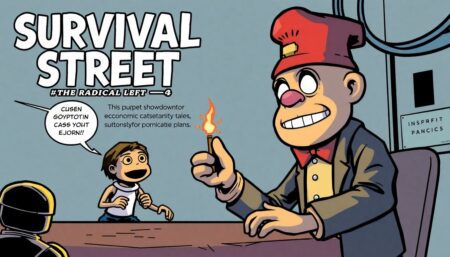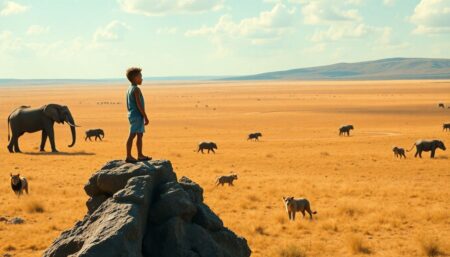Join us as we dive into the fascinating history and celebration of the Old Rochester camping program, Survival. This isn’t just an article; it’s a journey through time, filled with adventure, camaraderie, and the spirit of the great outdoors.
A Journey Through Time: Survival Program Marks Half a Century
In the heart of a whispering forest, a cluster of canvas tents huddles around a crackling campfire, each one a patchwork of faded colors and memories from years gone by. The tents are pitched in a clearing, their guy lines stretching out like spokes on a wagon wheel, while students in vintage attire bustle about, their laughter echoing through the trees. A large, hand-painted banner is strung between two towering pines, its bold letters proclaiming the ’50th Anniversary Adventure’ in a mix of cheerful colors. The scene is a tableau of nostalgia, a blend of personal histories and shared experiences that have culminated in this celebratory gathering.
The camp is a symphony of senses, from the aroma of pine needles and woodsmoke to the hum of conversations and the distant strum of a guitar. Students, their faces glowing in the firelight, swap stories and share meals from enamelware plates, their voices rising and falling in a rhythm as old as time. The tents, illuminated from within by the soft glow of lanterns, stand as testaments to the enduring spirit of adventure and camaraderie. The atmosphere is one of joyous reflection, a tribute to the fifty years of shared experiences that have shaped their lives, and a testament to the enduring power of community.
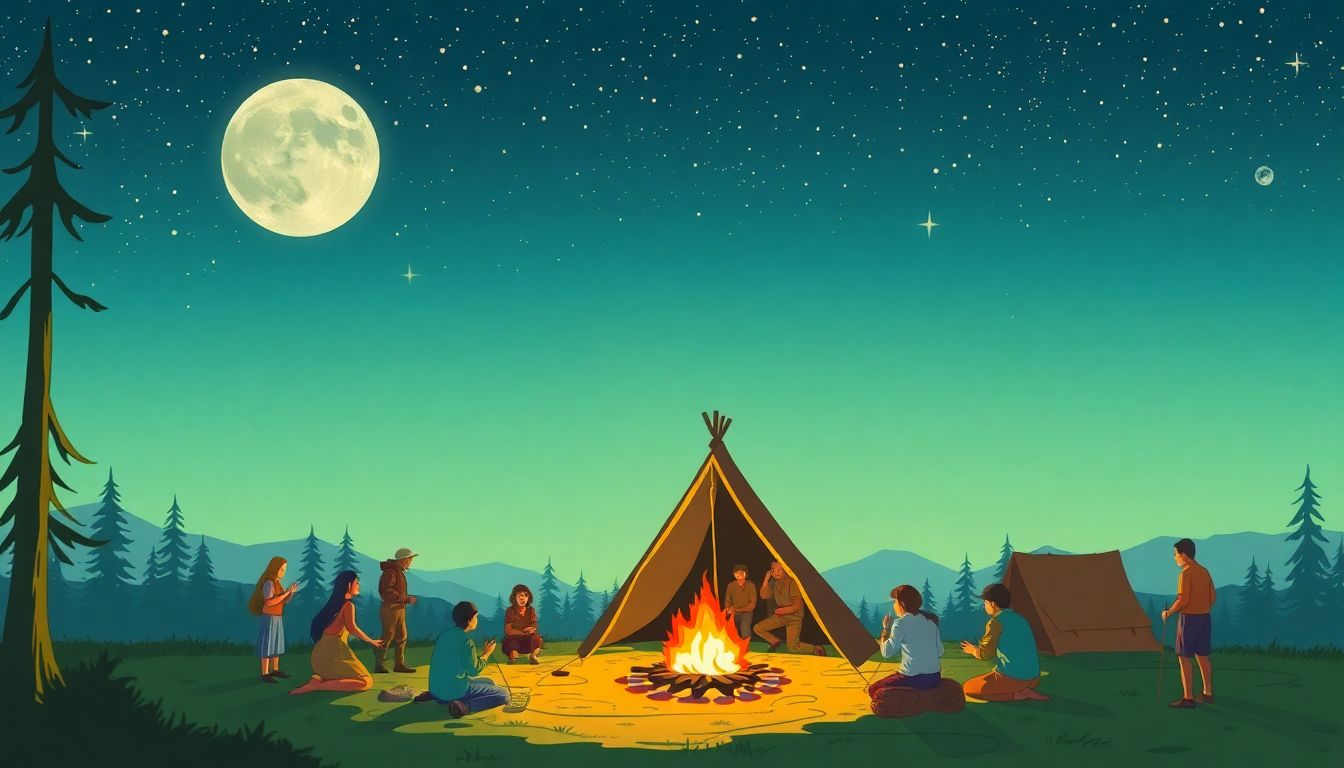
The Birth of Survival
The Survival program, a pioneering initiative founded in 1973, traces its origins to a visionary effort aimed at fostering personal growth and educational enrichment through outdoor experiences. The program was initially conceived as a weeklong camping trip tailored for seventh graders. The founding vision was to provide a structured environment where students could develop essential life skills, resilience, and a deep appreciation for nature, all while navigating the challenges of a remote, outdoor setting.
The educational benefits of the Survival program were multifaceted. The curriculum was designed to complement traditional classroom learning by incorporating hands-on, experiential activities. Students learned about survival skills such as orienteering, fire-building, and basic first aid, which not only provided practical knowledge but also encouraged critical thinking and problem-solving abilities.
Moreover, the program aimed to foster personal growth in a variety of ways:
- Developing self-confidence by overcoming physical and mental challenges
- Promoting teamwork and collaboration through group activities and shared experiences
- Encouraging environmental awareness and a sense of stewardship towards nature
- Cultivating leadership skills and responsibility by assigning roles and tasks to individual students
While the Survival program’s vision was ambitious, it is important to note potential drawbacks. The program may not have been accessible to all students due to physical or financial limitations, and the intense nature of the experience could potentially cause stress or anxiety for some participants. Despite these challenges, the Survival program’s founding vision remains a testament to the power of outdoor education and personal growth.
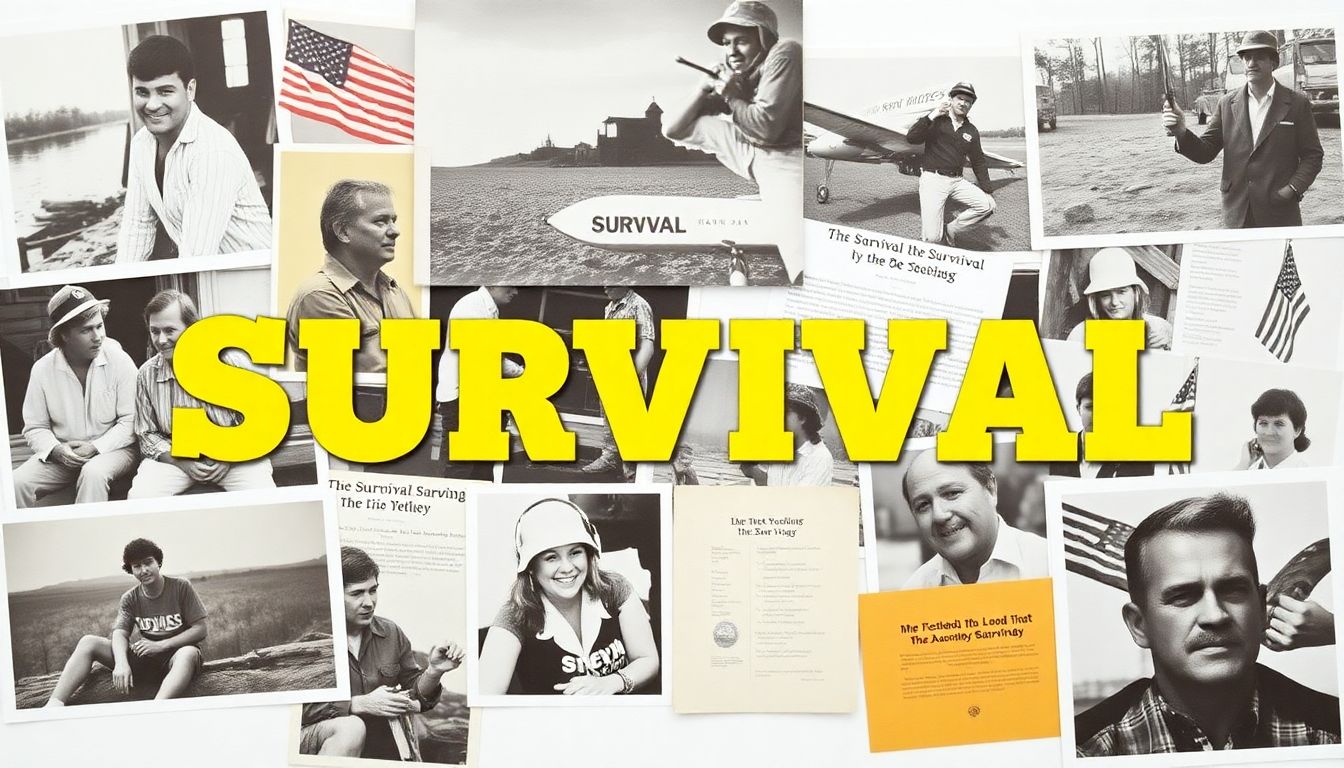
Five Decades of Adventure
The Survival program, established in the early 1970s, has carved an indelible mark on the landscape of experiential education. The initial years were characterized by a rugged, pioneering spirit, with participants facing raw, unpredictable environments with minimal equipment. One of the earliest milestones was the 1975 expedition in the Canadian Arctic, where alumni recall navigating through blizzards and forging lifelong bonds. This era was defined by a stark challenge: surviving with barely more than a knife and a tarp. Yet, it was this very primality that shaped the program’s core values of resilience, self-reliance, and community.
The mid-80s to late 90s witnessed significant evolution, incorporating more structured curriculum and safety measures. A memorable challenge from this period was the 1989 Amazon Rainforest experience, where students learned indigenous survival techniques while battling tropical diseases and language barriers. This era saw the integration of cultural immersion and environmental education, broadening the program’s scope. However, it also faced criticism for softening its edges, with some alumni arguing it had become more of a summer camp than a survival challenge.
Nevertheless, the program’s commitment to adaptability and growth was evident in its response to this feedback, leading to the introduction of more rigorous challenges in the following decades.
The turn of the millennium brought a balance between primal challenges and structured learning, with an increased focus on reflection and personal growth. Notable milestones include the 2005 Sahara Desert expedition, where students practiced ancient nomadic survival skills, and the 2015 program in the Himalayas, which emphasized mindfulness and mental resilience. The Survival program has evolved significantly over the past 50 years, from a raw, immersive experience to a more holistic approach that intertwines physical challenges with emotional intelligence and cultural awareness. Yet, amidst these changes, the program has stayed true to its core values, creating a unique blend of personal growth, community building, and wilderness survival. The criticism of becoming softer
has persisted in some circles, but the program’s enduring popularity and the transformative experiences of its alumni speak volumes about its success and relevance in today’s world.
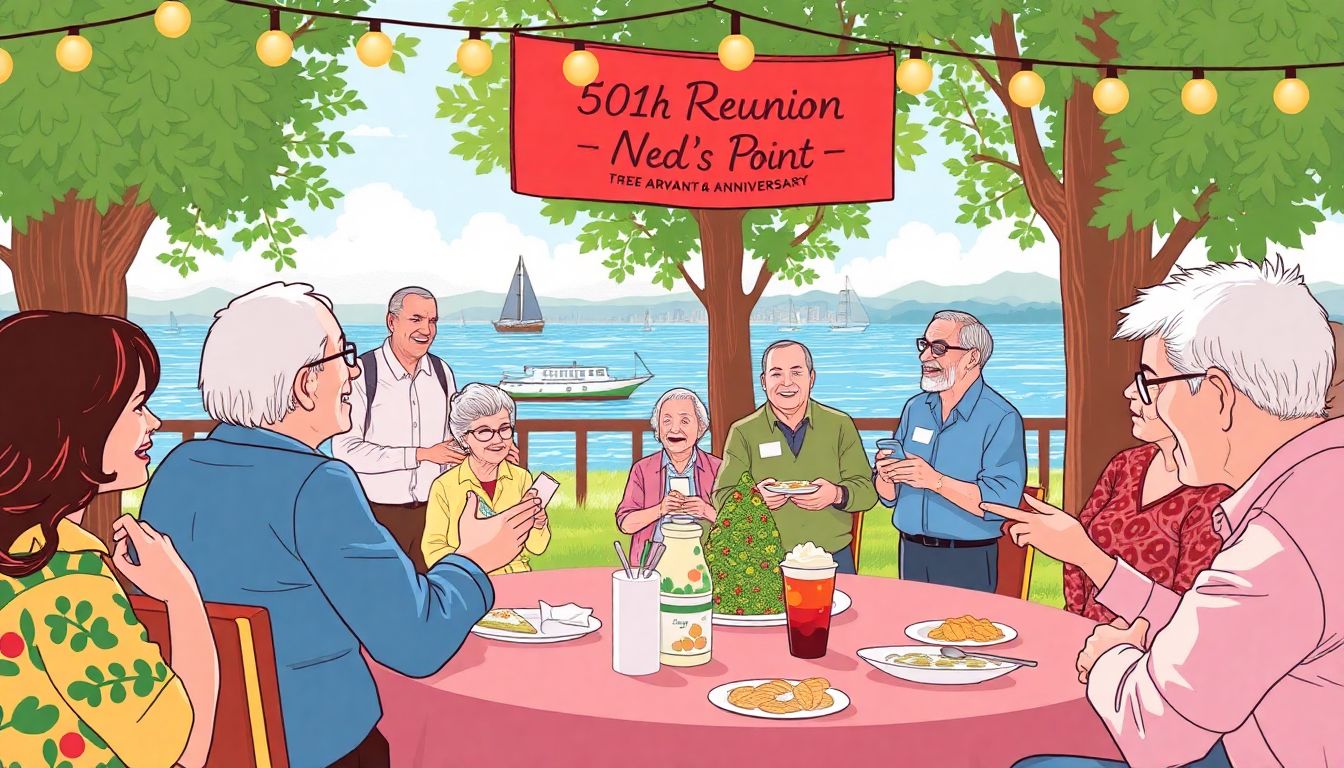
Celebrating the Journey
The 50th reunion event is set to take place on Saturday, August 17, 2024, at the scenic Ned’s Point, offering a picturesque backdrop for a day filled with nostalgia and camaraderie. This milestone event presents an invaluable opportunity for alumni to come together, share stories, and reconnect with old friends and classmates. The reunion holds significant importance as it not only fosters a sense of community but also celebrates the profound impact the program has had on the lives of its graduates.
The gathering serves multiple purposes, providing a platform for alumni to network, reminisce about their experiences, and reflect on the transformative power of their shared educational journey. One of the key highlights of the event is the chance for attendees to rekindle old friendships and forge new connections, strengthening the alumni network. Furthermore, the reunion offers an occasion to honor the enduring legacy of the program and its role in shaping the personal and professional lives of its participants. While the event promises a day of joyful reunions and shared memories, it also serves as a reminder of the collective achievements and contributions made by the alumni over the years.
To ensure a delightful and satisfying experience for all attendees, the event organizers have made arrangements for a variety of food options. Throughout the day, a selection of snacks and dinner will be available from local food trucks, offering a diverse range of culinary choices to suit different tastes and preferences. This thoughtful addition not only caters to the practical needs of the attendees but also enhances the festive atmosphere of the reunion, making it a memorable and enjoyable experience for everyone involved. The inclusion of local food vendors also serves as a positive gesture towards supporting the local community, aligning with the values of community engagement and support that the program has long championed.
FAQ
What is the Survival program?
When and where is the 50th reunion taking place?
What can alumni expect at the reunion?
How can I contribute to the celebration?
- Share on social media
- Invite friends who were part of the program
- Bring memorabilia to share



